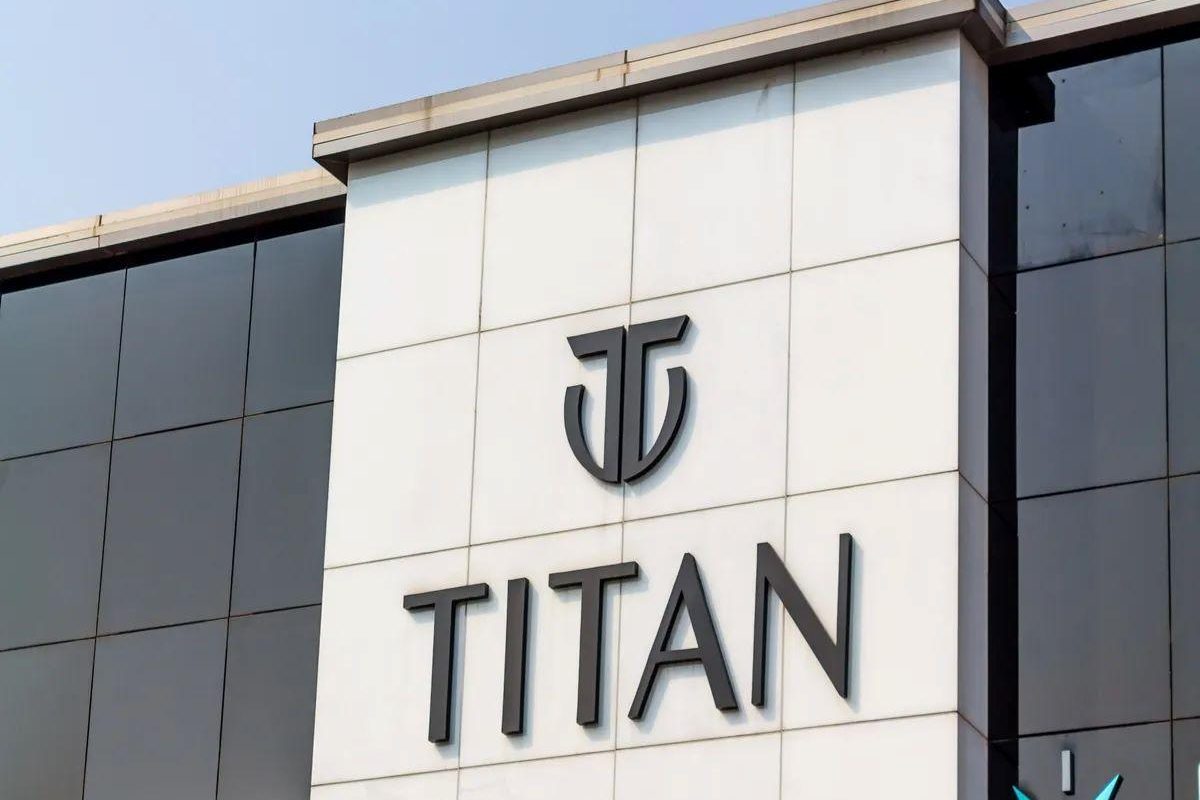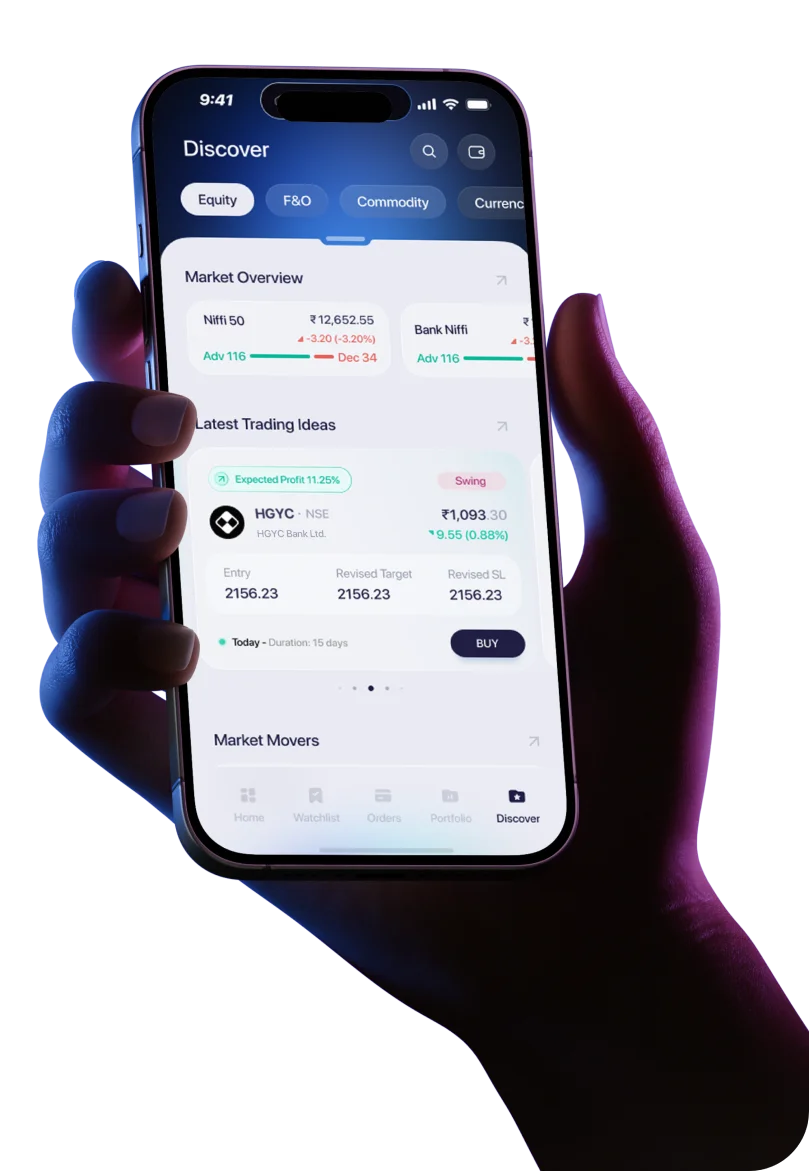On Wednesday, Titan Company’s stock market performance raised eyebrows as its share price took a sharp dive after announcing its Q3 results. Opening lower at ₹3,574 on the BSE, the stock tumbled further, hitting a low of ₹3,481.85—a decline exceeding 3% compared to the previous close of ₹3,599. So, what led to this drop, despite the company reporting a significant growth in total income? Let’s dissect the numbers and key insights driving Titan’s market performance.
Titan Company Share Price: A Volatile Start Post Q3 Results
Titan’s Q3 results, released after market hours on Tuesday, set the stage for a turbulent trading session on Wednesday. The company’s share price opened marginally lower but quickly plunged steeply.
This sharp decline comes despite Titan reporting a 25% year-over-year growth in total income, amounting to ₹17,723 crore. So, what caused investor sentiment to waver?
Titan Q3 Results: Key Insights into Financial Performance
Revenue Growth Amid Profit Decline
Titan’s total income surged by 25% compared to last year's quarter, reflecting strong demand and festive season tailwinds. However, the consolidated net profit slipped 0.6%, settling at ₹1,047 crore.
- Revenue: ₹17,723 crore (+25% YoY)
- Net Profit: ₹1,047 crore (-0.6% YoY)
The marginal drop in profitability was attributed to losses from inventory held during the tariff adjustment on gold, which impacted earnings before tax, leaving it unchanged at ₹1,396 crore.
EBIT and Margins
Titan’s consolidated EBIT grew 5% YoY, reaching ₹1,627 crore. However, margins showed contraction:
- EBIT Margin: Decreased by 177 basis points to 9.2%.
- Standalone EBIT Margin (ex-bullion): 11.2%, down by 100 basis points YoY.
The reduction in margins was influenced by the adjustment to customs duty on gold, coupled with inventory-related challenges.
Why Did Titan’s Share Price Dip?
While Titan’s revenue growth was robust, several things happened:
Profitability Concerns: Despite higher revenue, net profit saw a decline, raising questions about cost efficiency and operational challenges.
Gold Tariff Impact: Adjustments in customs duty on gold affected profitability, which didn’t sit well with investors.
EBIT Margin Contraction: Shrinking margins are often a red flag for market participants looking for sustained profitability.
Breakdown of Titan’s Segmental Performance
Jewelry Division
The jewellery segment, excluding bullion sales, showed a 25% YoY growth, achieving sales close to ₹14,700 crore. Key drivers included:
- Festive Demand: Strong sales during the holiday season.
- Wedding Purchases: A 29% spike in wedding-related jewellery sales.
- Higher Gold Prices: Boosted the revenue figures.
Standalone EBIT for Jewellery
- EBIT: Approximately ₹1,650 crore.
- Margin: Contracted to 11.2% (down by 100 basis points YoY).
Conclusion: What Lies Ahead for Titan’s Shareholders?
Titan’s Q3 results paint a mixed picture. On one hand, the company’s revenue growth highlights its resilience and strong brand positioning, especially in the jewellery segment. On the other, margin contraction and profit stagnation signal underlying challenges.
As market participants digest these results, the focus will likely shift toward how Titan navigates customs duty adjustments, inventory management, and operational efficiency in the upcoming quarters. While the immediate market reaction was bearish, long-term prospects may hinge on the company’s ability to address these concerns effectively.




 Easy & quick
Easy & quick
Leave A Comment?